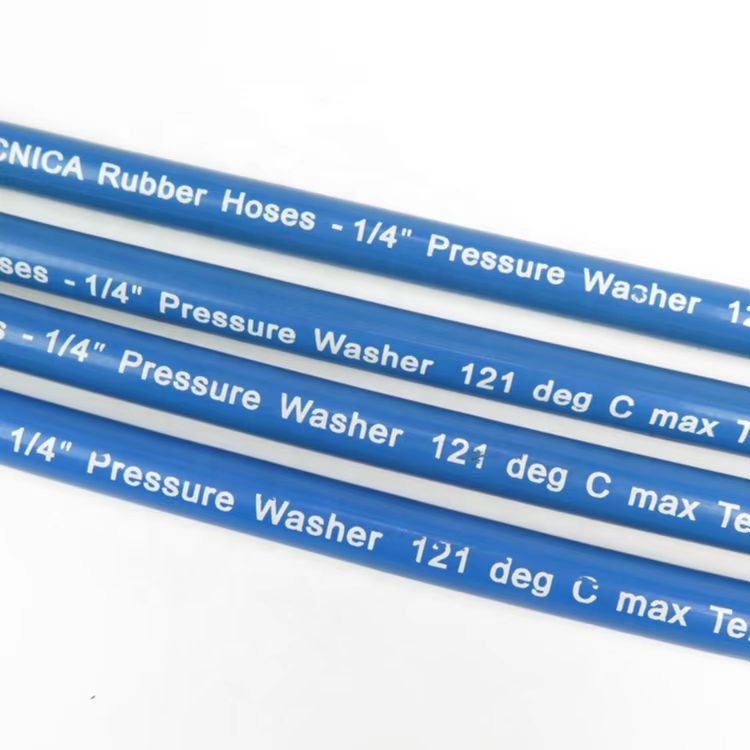335345435
Oct . 10, 2024 20:28 Back to list
hydraulic hose fittings types manufacturer
Understanding Hydraulic Hose Fittings Types and Manufacturers
Hydraulic hose fittings are essential components in hydraulic systems, serving as the connectors that ensure fluid transfer between hoses and other parts of the system. These fittings come in various types, each designed for specific applications, materials, and pressure requirements. This article explores the different types of hydraulic hose fittings and their manufacturers, offering insights into their significance in hydraulic systems.
Types of Hydraulic Hose Fittings
1. JIC (Joint Industry Council) Fittings Commonly used in the United States, JIC fittings have a 37-degree flare, providing a reliable sealing mechanism. These fittings are compatible with various materials such as steel and stainless steel, making them a popular choice in various applications, from heavy machinery to automotive systems.
2. NPT (National Pipe Thread) Fittings NPT fittings utilize a tapered thread design, creating a tight seal as the fitting is tightened. These are widely used in both low and high-pressure hydraulic systems, making them versatile for various industrial applications. However, the chance of leaking increases if not properly installed due to the thread design.
3. BSP (British Standard Pipe) Fittings Common in Europe and many Commonwealth countries, BSP fittings can either be parallel or tapered. These fittings are ideal for joining pipes and hoses in hydraulic systems, particularly where a leak-free connection is paramount.
4. Push-On Fittings As the name suggests, push-on fittings can be easily attached without the need for tools. They are designed for low-pressure applications, primarily in agricultural and construction equipment. Their simplicity makes them an efficient choice for quick repairs and maintenance.
5. Quick Disconnect Fittings These fittings allow for easy connection and disconnection of hoses without tools, making them ideal for applications that require frequent changes. Commonly seen in mobile equipment and tools, they enhance productivity by minimizing downtime.
6. Swivel Fittings Swivel fittings are designed to rotate, which prevents twisting of hoses when connecting or disconnecting. This feature is crucial in systems where hoses may need to move during operation, adding flexibility and preventing damage to the components.
7. O-Ring Boss Fittings Featuring a flat surface with an O-ring groove, O-ring boss fittings provide a leak-proof seal. They are extensively used in hydraulic machinery and equipment due to their reliability under high pressure.
hydraulic hose fittings types manufacturer

Importance of Choosing the Right Manufacturer
Selecting the right manufacturer for hydraulic hose fittings is critical to the performance and safety of hydraulic systems. Established manufacturers often adhere to strict quality control processes and standards, ensuring that their products can withstand the rigors of high-pressure environments.
1. Quality Assurance Top manufacturers implement rigorous testing procedures to ensure their fittings meet industry standards. This reduces the risk of failures and extends the lifespan of hydraulic systems.
2. Material Selection Reputable manufacturers utilize high-grade materials resistant to corrosion and wear. Depending on the application, they may offer fittings made from stainless steel, carbon steel, or other alloys that are better suited for specific environments.
3. Expertise and Support Leading manufacturers provide valuable technical support and guidance on selecting the appropriate fittings for particular applications. Their expertise can prevent costly mistakes and ensure optimal system performance.
4. Innovation A reliable manufacturer invests in research and development to produce innovative products that enhance efficiency, durability, and safety. They stay abreast of industry trends and technological advancements, which can benefit their customers.
5. Availability Well-established manufacturers often have a broader distribution network, ensuring that fittings are readily available when needed. This is essential in maintaining smooth operations, particularly in industries that rely heavily on hydraulic systems.
Conclusion
Hydraulic hose fittings play a crucial role in maintaining the integrity and functionality of hydraulic systems. Understanding the various types of fittings and their applications is essential for ensuring optimal performance. Coupled with the importance of choosing a reputable manufacturer, this knowledge will help businesses and operators make informed decisions, increasing the efficiency and safety of their hydraulic operations. Whether in construction, agriculture, or manufacturing, the right hydraulic hose fittings can make a substantial difference in the overall system performance.
-
SAE 100 R17 Black Smooth Cover Hydraulic Hose
NewsMar.07,2025
-
SAE 100 R17 Black Smooth Cover Hydraulic Hose
NewsMar.07,2025
-
SAE 100 R17 Black Smooth Cover Hydraulic Hose
NewsMar.07,2025
-
SAE 100 R17 Black Smooth Cover Hydraulic Hose
NewsMar.07,2025
-
SAE 100 R17 Black Smooth Cover Hydraulic Hose
NewsMar.07,2025
-
steel wire braided hydraulic hose
NewsMar.07,2025



